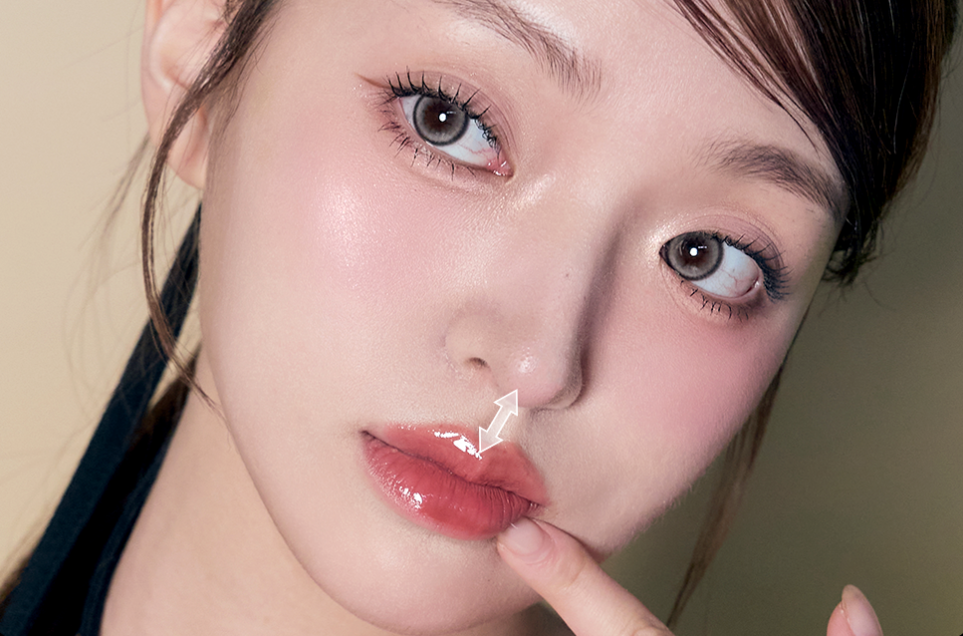Cosmetic vs. Functional vs. Reconstructive: Key Differences
- Cosmetic – Aesthetic refinement (bridge slimming, tip definition).
- Functional – Improves airflow, corrects deviated septum.
- Reconstructive – Repairs congenital defects or trauma.
Ethnic Rhinoplasty: Respecting Cultural Identity
Surgeons tailor technique to thicker Asian or African-American skin, softer cartilage, and unique bridge contours to maintain ethnic authenticity.
Specialized Subtypes
- Tip Plasty – Focus on nasal tip rotation/projection.
- Ultrasonic Rhinoplasty – Uses piezoelectric tools for bone sculpting, lowering bruising.
- Liquid Rhinoplasty (Non-Surgical) – Dermal fillers last 12-18 months; ideal for minor asymmetry.
Revision Rhinoplasty: When and Why
Up to 15 % of patients seek a secondary procedure for residual bumps or breathing issues. Choose a surgeon who sub-specializes in revisions—scar tissue complicates dissection.
Matching Technique to Face Shape
Oval faces tolerate subtle bridge reduction; heart-shaped faces often need tip de-projection for harmony. 3D simulations help visualize balance before committing.
Takeaway
Identifying the right rhinoplasty type prevents over-correction and protects nasal function. Book at least two consultations to compare surgical philosophies.
